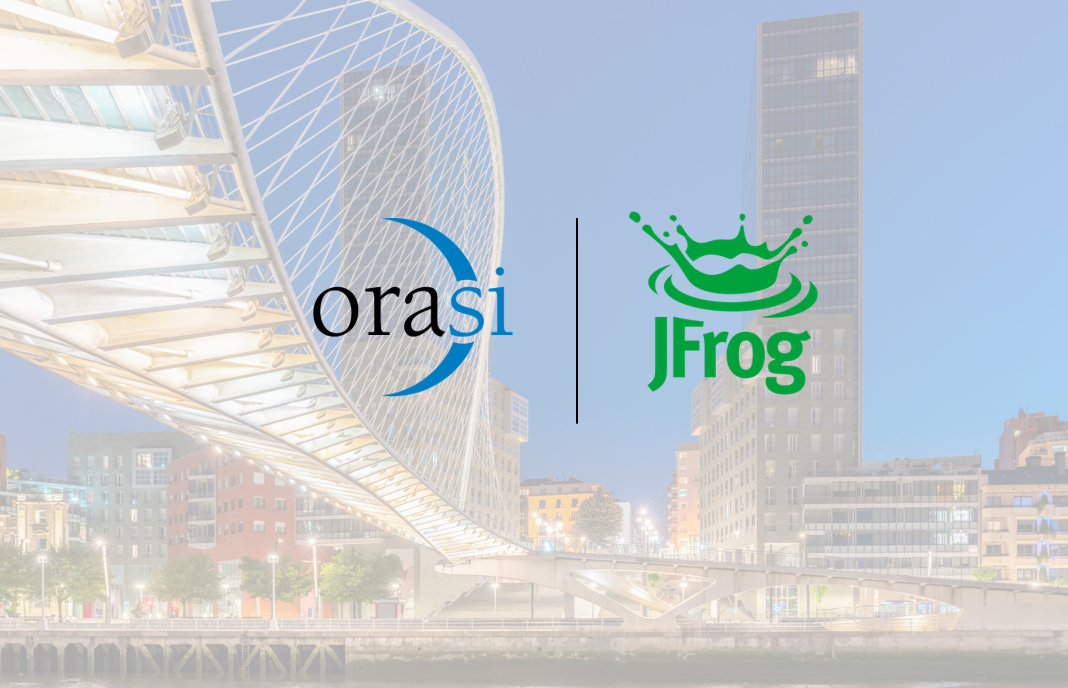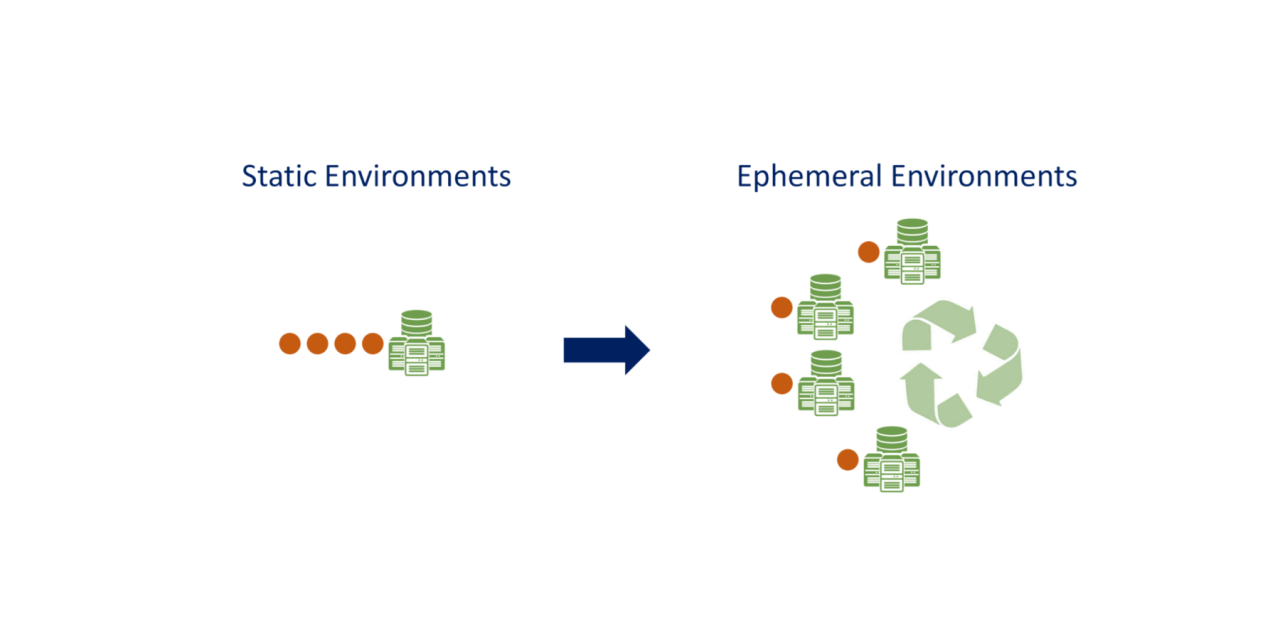By: Jim Azar, Sr. Vice President, CTO
The concept of storing discrete parts in well-labeled, and separate, containers have manifested its impact in a big way in the world of IT applications. Today, containers are the staple parts of any agile enterprise’s application development strategy. Now, developers can easily accomplish goals of faster delivery, agility, portability, modernization, scalable applications, and upgrades without disturbing the entire pack of cards.
This is because of the inherent advantage of cloud-native architecture and the portability of specific parts that containers allow. Containers are, understandably, finding a lot of room in IT environments today.
Gartner pegs the growth of containers to continue even more strongly ahead.
- Significant traction would be seen in public cloud container orchestration and serverless container offerings. If some 30 percent of enterprises use them today, by 2022, over 75 percent of global organizations could be running containerized applications in production.
- As of now, the number is 5 percent, but up to 15 percent of enterprise applications will run in a container environment by 2024.
- The worldwide container management revenue will rise from $465.8 M in 2020 to $944 M in 2024.
Security – Not to be left out of the box
But all this traction would continue smoothly if containers cannot compromise security in the attainment of agility. They should empower developers and not weaken them by missing out on important areas like,
- Protection of infrastructure security
- Runtime errors and loopholes
- Risky effects on the ecosystem and adjacent workloads even if they work in isolation and serverless environments
- Gaps in inter-container communication
- Unintentional and hidden exposure to risks because of code is taken from DevOps pipeline
The answer to address these issues lies in adherence to some practices and realizations that will help to bolster container-related security.
- Integrate security checks in the CI-CD pipeline
- Help developers in creating secure applications at the initial stage
- Timely scans and runtime checks
- Monitor third-party components because they are common with the use of containers
- Exercise regular and comprehensive vulnerability scans
- Monitor and control network behavior
- Implement consistent feedback on security measures
- Secure and work on the host so that a container breach does not lead to a host breach
- Ensure audit trails of directories, files, and necessary details
- Adopt registries and updates that be trusted with no reservations
- Have tools that can help you monitor them despite their limited runtime and short visibility spans
- Be sure of what orchestrators, deployments, or clusters can have high vulnerability
- Have clear governance policies for images, secret storage/access, and privilege additions
- Make sure that vulnerable containers do not have a privileged flag or root run powers
- Have solid measures if the containers are not just in test environments but have moved towards production builds
- Inject security across the container life cycle
One compromised piece can affect the entire domino chain. So, don’t take the risks of a container lightly. Bolt them well before you ship anything with them anywhere. Let their security be as watertight as the very concept that created them.



